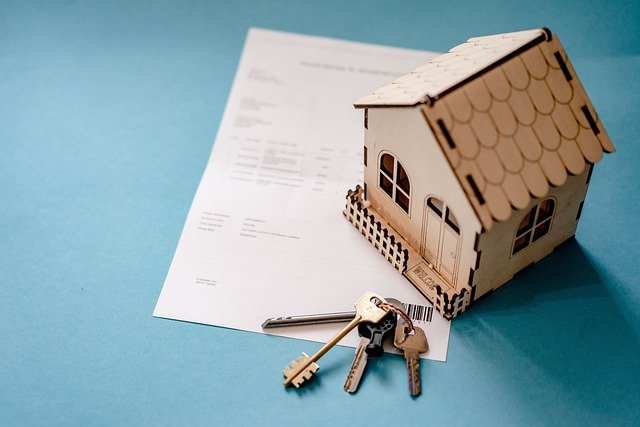Digital tools to streamline property search and portfolio management
Digital tools can transform how individuals and firms search for properties and manage holdings. From listing aggregators and market data platforms to portfolio dashboards and compliance workflows, technology reduces manual tasks, improves transparency, and supports better decisions across acquisition, financing, and ongoing asset care.

Effective property search and portfolio management increasingly depends on digital tools that aggregate data, automate routine tasks, and surface actionable insights. Modern platforms combine listings, marketdata, neighborhood analytics and transaction history to help users compare options quickly. For housing seekers and investors alike, centralizing information on mortgage terms, taxation implications, and rental potential reduces friction in sourcing deals and evaluating trade-offs. A well-structured digital approach supports appraisal readiness, streamlines due diligence workflows, and creates a single view of equity and financing across an entire portfolio.
Property listings and market data
Comprehensive listings platforms and marketdata feeds are the starting point for efficient search. Tools that pull multiple listing services (MLS) and private listings into one dashboard let users filter by neighborhood characteristics, zoning restrictions, and renovation potential. Advanced search can include filters for valuation history, rental yields, and recent sales to help compare comparable properties. Geographic visualizations and heat maps highlight where housing demand or price momentum is strongest, making it easier to prioritize inspections and plan acquisition strategies with relevant local services in your area.
Mortgage, financing, and equity
Financing tools help estimate mortgage payments, compare loan scenarios, and evaluate equity build-up over time. Integrations with mortgage calculators and lender APIs allow users to model financing options, projected amortization, and the impact of interest rate changes on cash flow. For investors, platforms that show consolidated equity across multiple properties and forecast debt service coverage are valuable for portfolio planning. Taxation estimates and fee assumptions should always be reviewed with advisors, but digital tools can speed initial scenario analysis for both owner-occupiers and portfolio-level financing decisions.
Valuation, appraisal, and due diligence
Automated valuation models (AVMs) and appraisal support platforms expedite preliminary valuation and screening. These systems combine historical sales, appraisal comparables, and marketdata to produce quick estimates of property worth, while dedicated appraisal workflows manage documentation and inspection notes. Due diligence modules track title records, liens, zoning verifications, and required permits to flag risks early. Combining these features reduces the time between identifying a listing and making an informed offer, and it helps buyers and investors target properties that fit their risk tolerance and renovation budgets.
Acquisition, portfolio, and investment management
Portfolio management tools centralize acquisition records, performance metrics, and operational tasks across multiple assets. Dashboards can display occupancy rates, rental income streams, maintenance schedules, and return-on-investment metrics to monitor investment performance. Acquisition modules often include checklists for inspections, financing deadlines, and integration with legal or escrow services to support smoother closings. By tracking metrics like internal rate of return and equity appreciation alongside marketdata, investors can rebalance holdings, assess diversification across neighborhoods, and align acquisitions with long-term investment objectives.
Rental, renovation, and sustainability
For rental properties, management platforms handle listings, tenant screening, lease tracking, and maintenance requests. Renovation planning tools estimate scope and costs, connect to local contractors, and log improvement impact on valuation. Sustainability features — such as energy usage analytics, certification tracking, and retrofit calculators — help quantify operating cost savings and potential valuation premiums. When renovation and sustainability plans are integrated with expected rental revenue and appraisal criteria, owners and managers can prioritize projects that increase net operating income and support longer-term marketability of the asset.
Zoning, neighborhood, and taxation considerations
Understanding zoning and neighborhood dynamics is critical to feasibility and long-term value. Mapping tools that layer zoning designations, planned developments, and demographic trends help assess permitted uses and future demand. Taxation calculators and local regulation summaries provide initial insight into property taxes, incentives, and compliance obligations that affect cash flow. Combining zoning checks with neighborhood analytics and marketdata reduces surprises during due diligence, informs renovation planning, and clarifies whether an acquisition aligns with intended use, whether rental, redevelopment, or owner-occupancy.
In summary, a suite of digital tools can streamline both property search and ongoing portfolio management by consolidating listings, finance modeling, valuation support, and operational workflows. When chosen and configured thoughtfully, these platforms reduce manual effort, improve visibility across assets, and support more data-driven acquisition and management decisions without replacing professional advice where needed.




